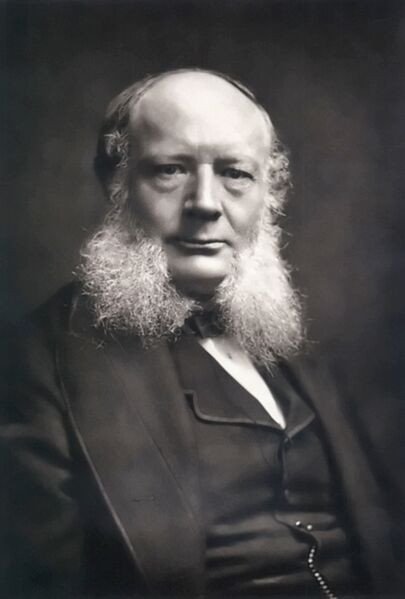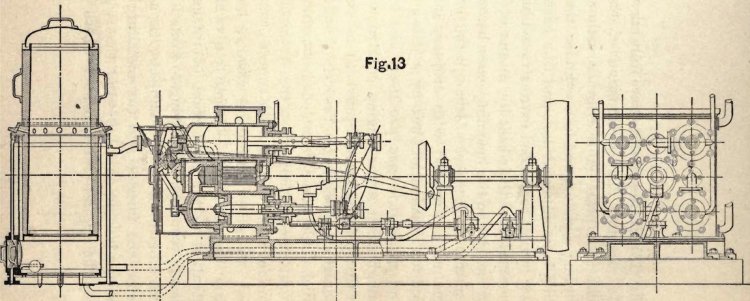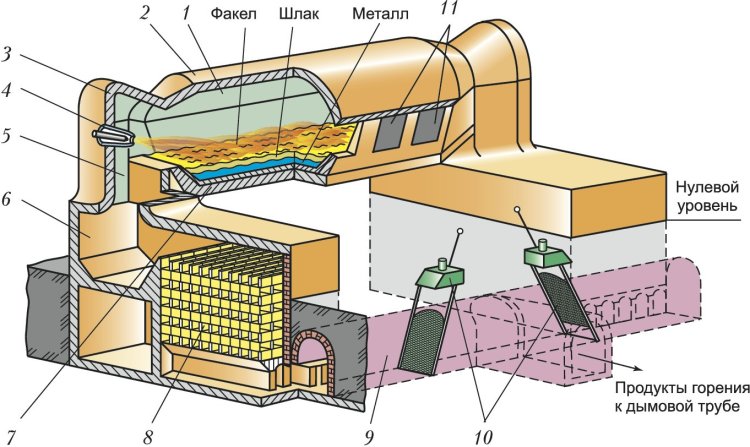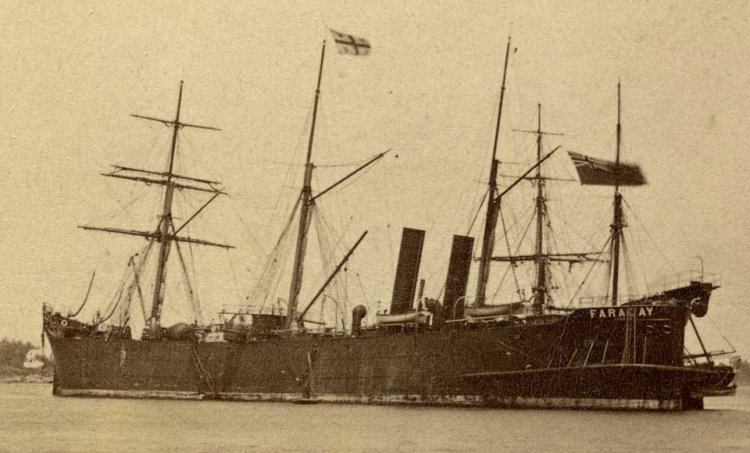Carl Wilhelm Siemens was born to a farmer’s family in the small village of Lente, Germany, on April 4, 1823. He was the fourth son in a family of 14 children.
His father wanted Carl Wilhelm to become a banker and even sent him to his uncle to learn the trade. But his older brother, Werner, an inventor and engineer, had a different plan. After their father’s death, he sent William to Magdeburg to study engineering. This fact determined the whole further life of the then fifteen-year-old Carl Wilhelm Siemens, and now he is well known as an electrical engineer. Although he did not become a banker, as his father wanted, Wilhelm was successfully engaged in the family business in England, known today as Siemens AG.
After completing his studies in Magdeburg, the young scientist went to the University of Göttingen, which he left after a year to become an apprentice engineer. Instead of two years of study, Wilhelm completed only one, thanks to his success in a mechanical engineering factory.
Wilhelm ended up in England because of his family’s difficulties with money. When he was in his 20s, the education of the younger family members was in jeopardy. Wilhelm decided to try to sell one of his brother Werner’s patents, an improved technology for gold and silver plating. Wandering around Europe, he stopped in London. A very fortunate decision – in England he sold the patent for 1,600 pounds sterling to Elkington, a local firm.
It was the first victory in the successful career of Wilhelm Siemens as a businessman. Yet another event that shaped his future life. So, the engineer settled in London and first became a representative of the subsidiary Siemens Halske and then of the fully financially independent Siemens Brothers.
Siemens Brothers developed and introduced entirely different technology to the market, that included cable and telegraph, electrical, glass, and others types of equipment. For example, Siemens Brothers built an underground telegraph cable first from St. Petersburg to Oranienbaum in the 1850s in Russia, and later an underwater cable to Kronstadt.
Although in the 1850s, Wilhelm devoted himself to the family business and electrical inventions, he was always concerned with the idea of applying regenerative principle processes. His research reflected an attempt to look at heat not as a substance, but as energy. Thus, his research was at the intersection of two fields – the science of heat and the science of electricity.
Fig. 1. 4-cylinder experimental gas engine patented by Siemens
In the 1860s, Karl Wilhelm designed a gas engine (Fig. 1), which did not go beyond the experimental stage, because at a certain point the scientist selected another direction for himself – right in the field of heat science. This gas engine was mentioned in the discussion section of the Gas Engine Theories journal:
The scheme of the open-hearth furnace: 1 - working space; 2 - arch; 3 - head; 4 - fuel burner; 5 - vertical channel; 6 - slag; 7 - under; 8 - regenerator with refractory nozzle; 9 - hog; 10 - reversible valves; 11 - filling windows.
“The engine promised to produce very good results, but about the same time Siemens began to turn his attention to the production of intense heat in furnaces and, making his choice between the two subjects, he chose the furnace and the metallurgical process leading from it.”
And not in vain. Wilhelm’s greatest invention was the regenerative furnace (Fig. 2), which operated worldwide until the 1990s. This furnace captured the heat that came out with the exhaust gases to heat the air supplied to the furnace. This process increased its efficiency and provided heating to temperatures capable of melting steel.
The invention was widely used in steelmaking and eventually replaced the earlier Bessemer process of 1856. William’s services were recognized by his membership in the Institute of Civil Engineers in 1860.
Fig. 3. CS Faraday Cable Ship
In addition to the many developments within Siemens, such as telegraph cables, land lines and their accessories, Carl Wilhelm developed a device at the intersection of two areas of interest: the electrical pyrometer. This invention, which measured temperature in a non-contact manner, combined his knowledge of metallurgical and electrical fields.
During the last years of his life, William designed a cable ship for his brother’s company Siemens Brothers, who laid the first ever transatlantic cable in 1875 – the first direct connection between the Great Britain and the United States. (Fig. 3)
This man went down in history not only as a businessman who successfully promoted inventions and patents.
Carl Wilhelm Siemens was an inventor and engineer who remained faithful to his craft until the end of his life.
Photo on the home page: The photographer is Mr. Van der Weide

























